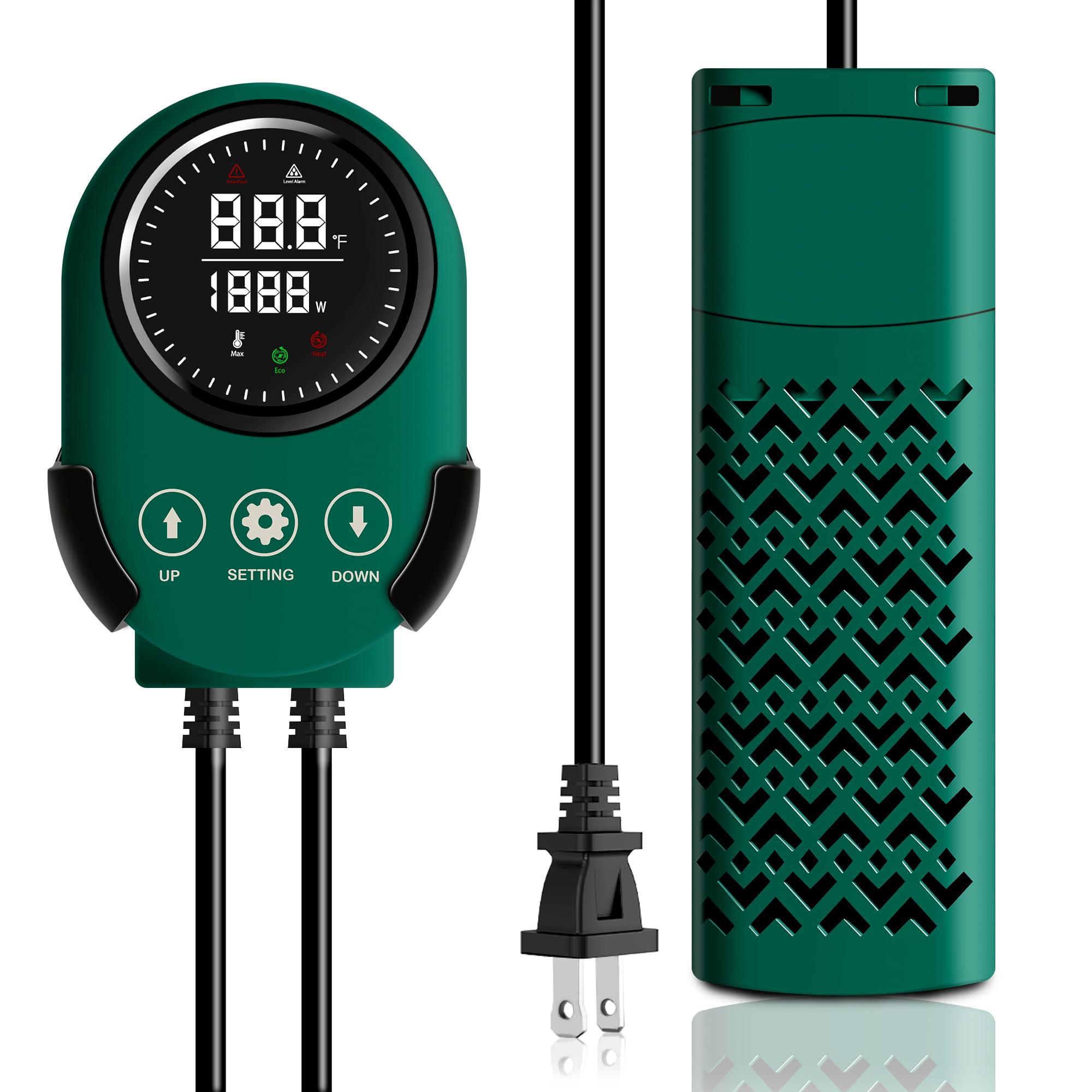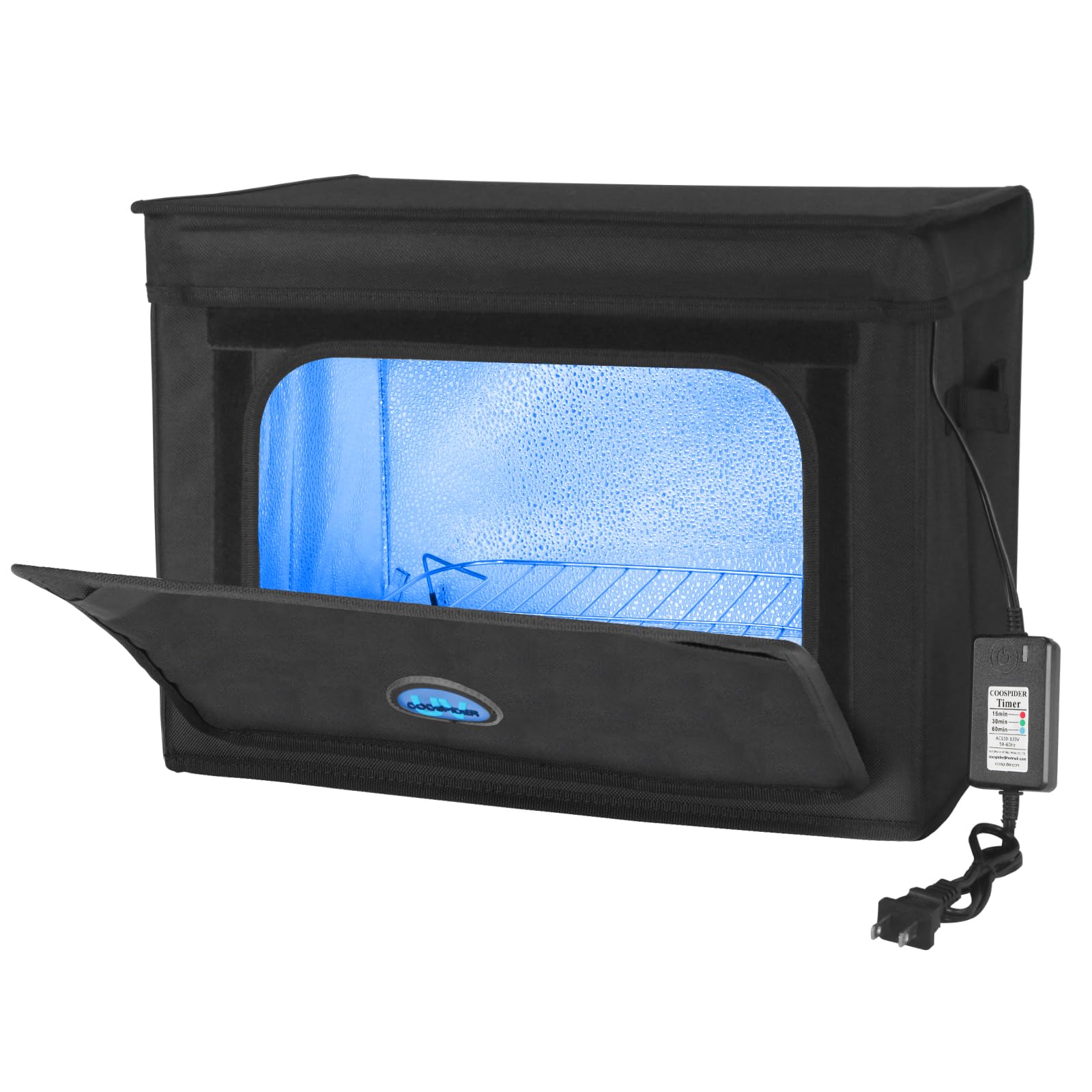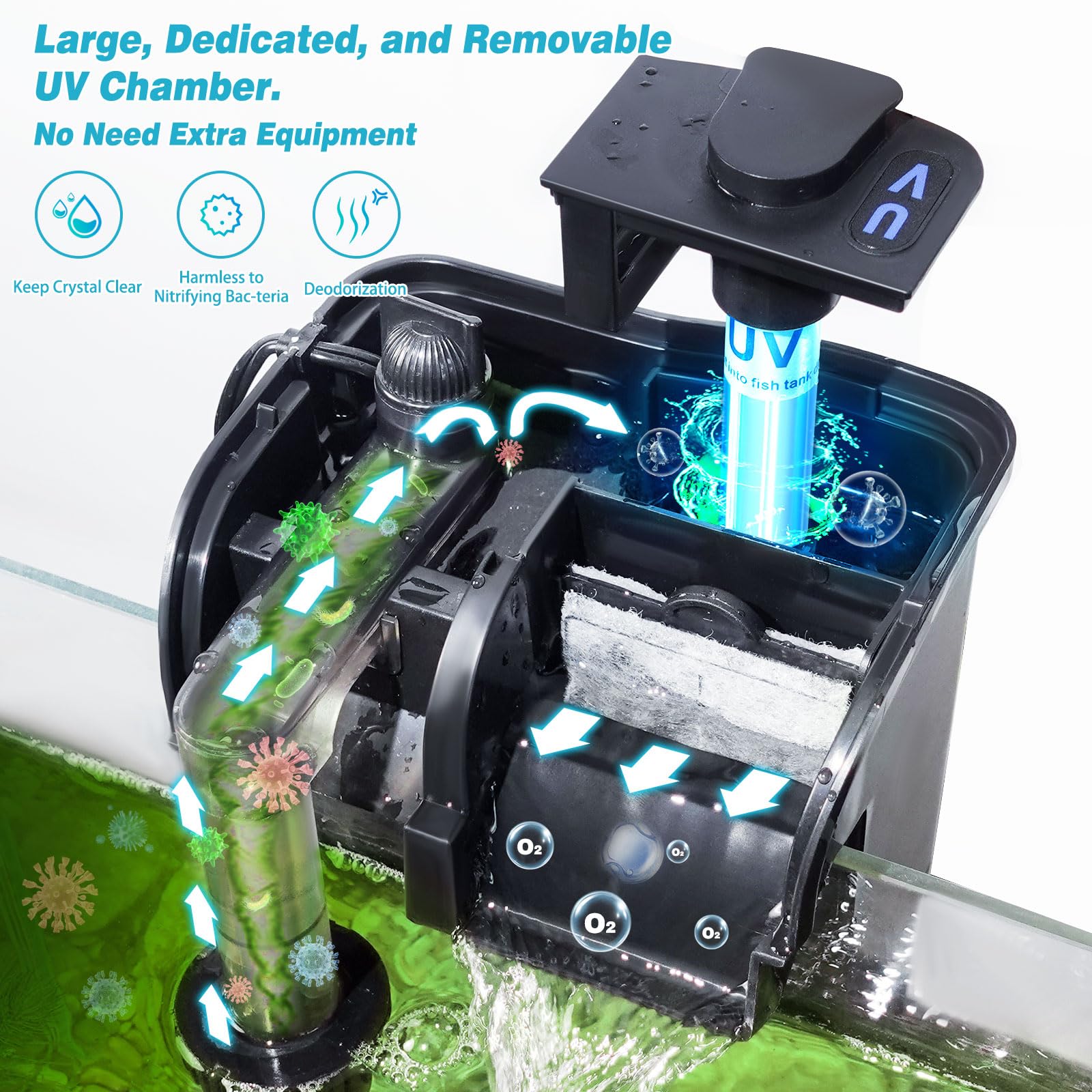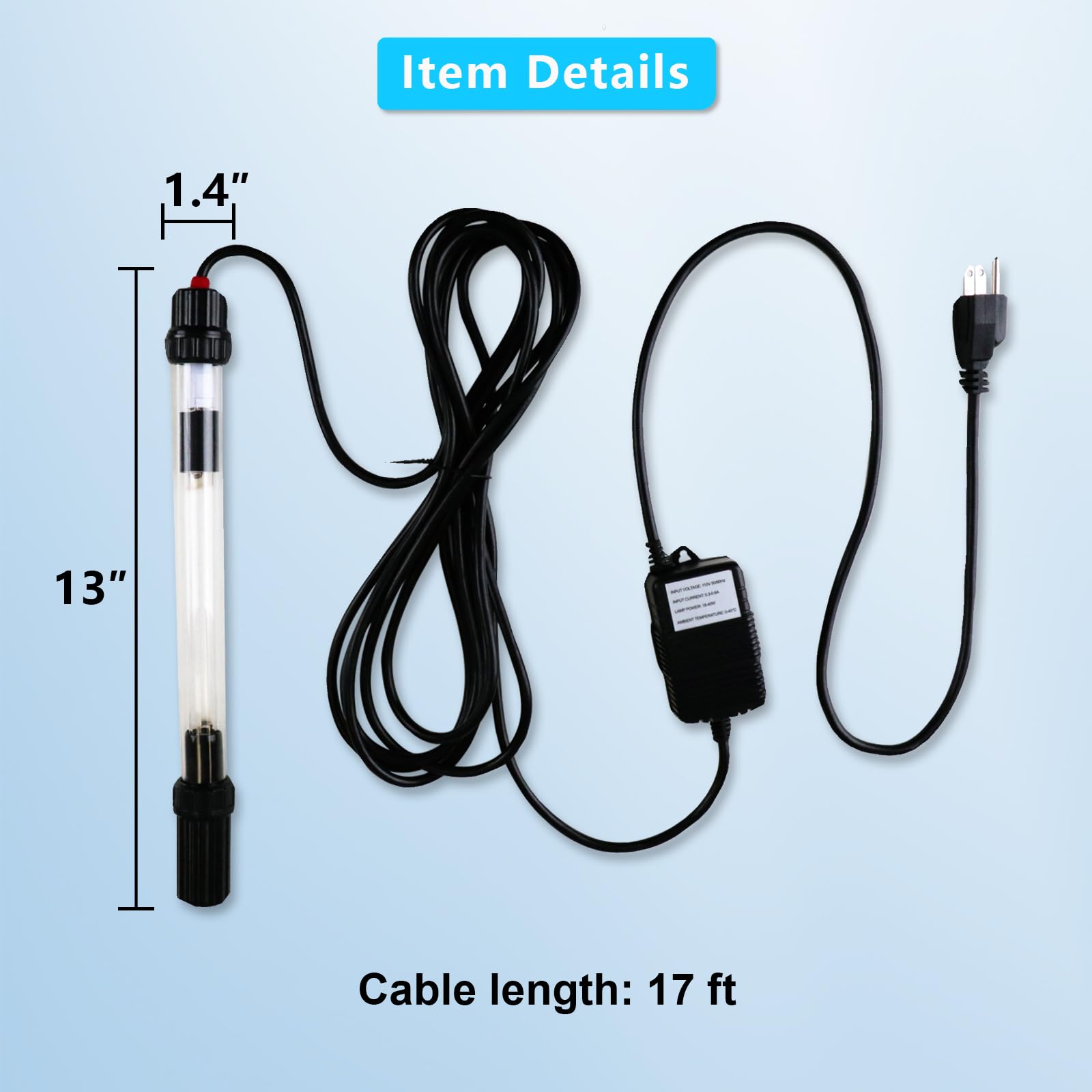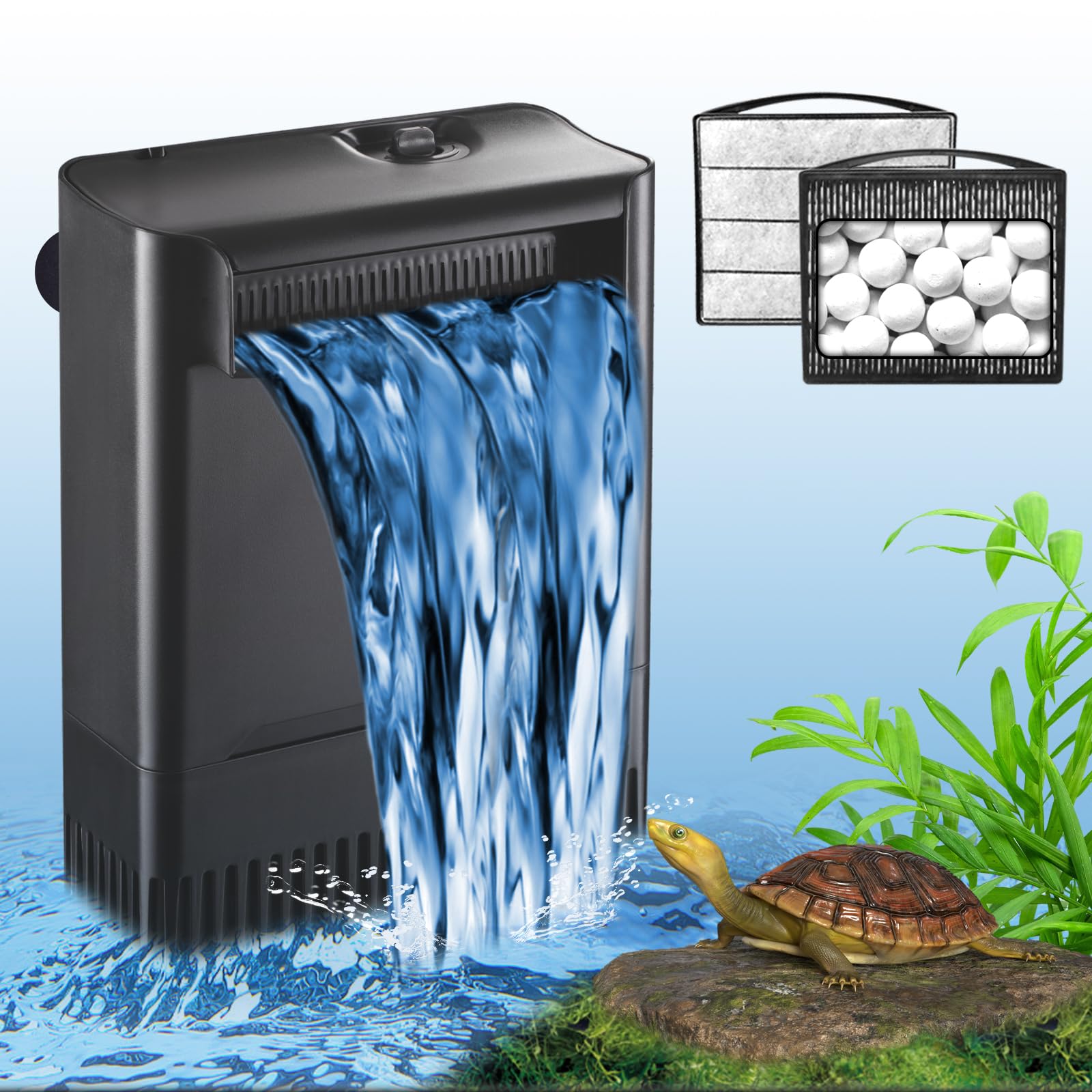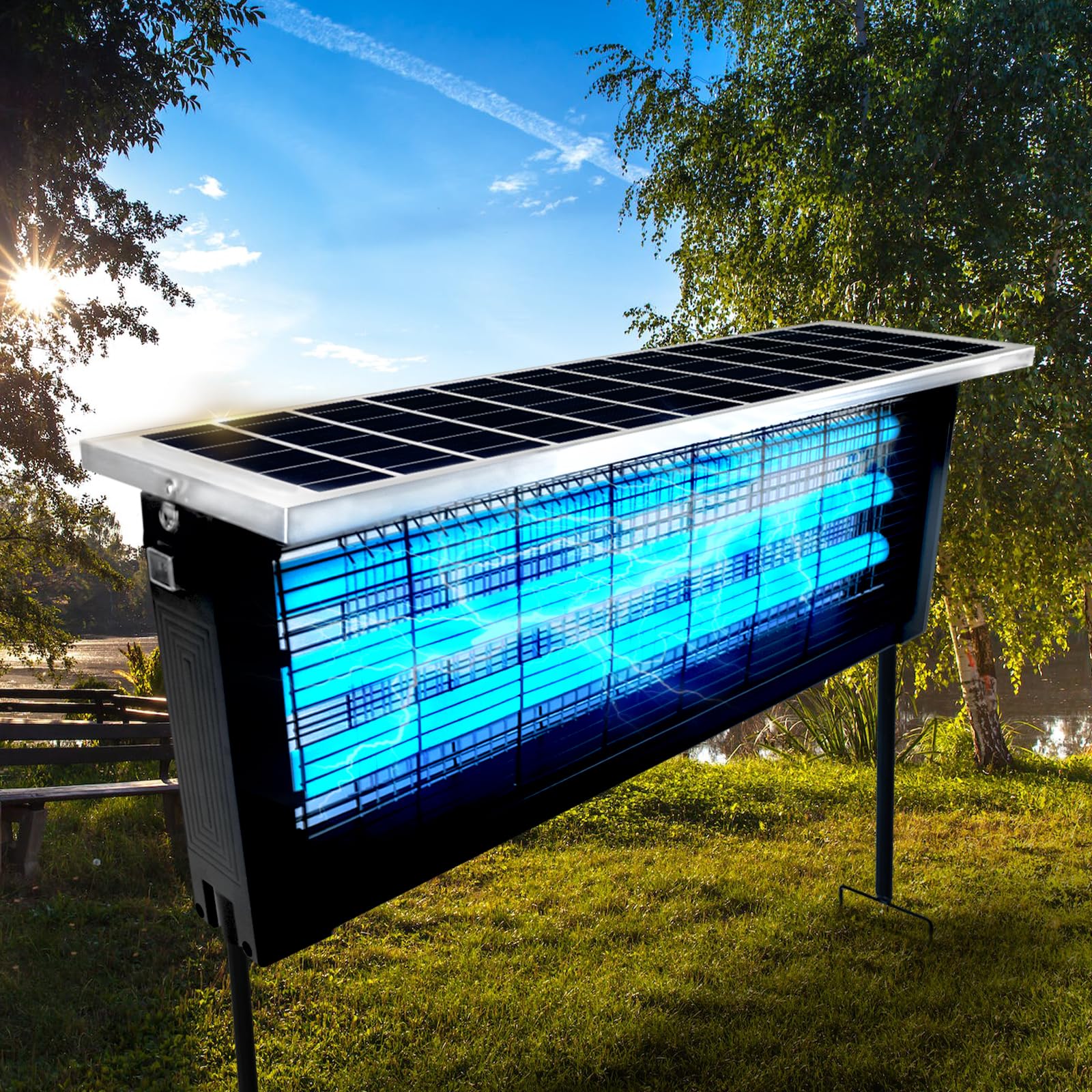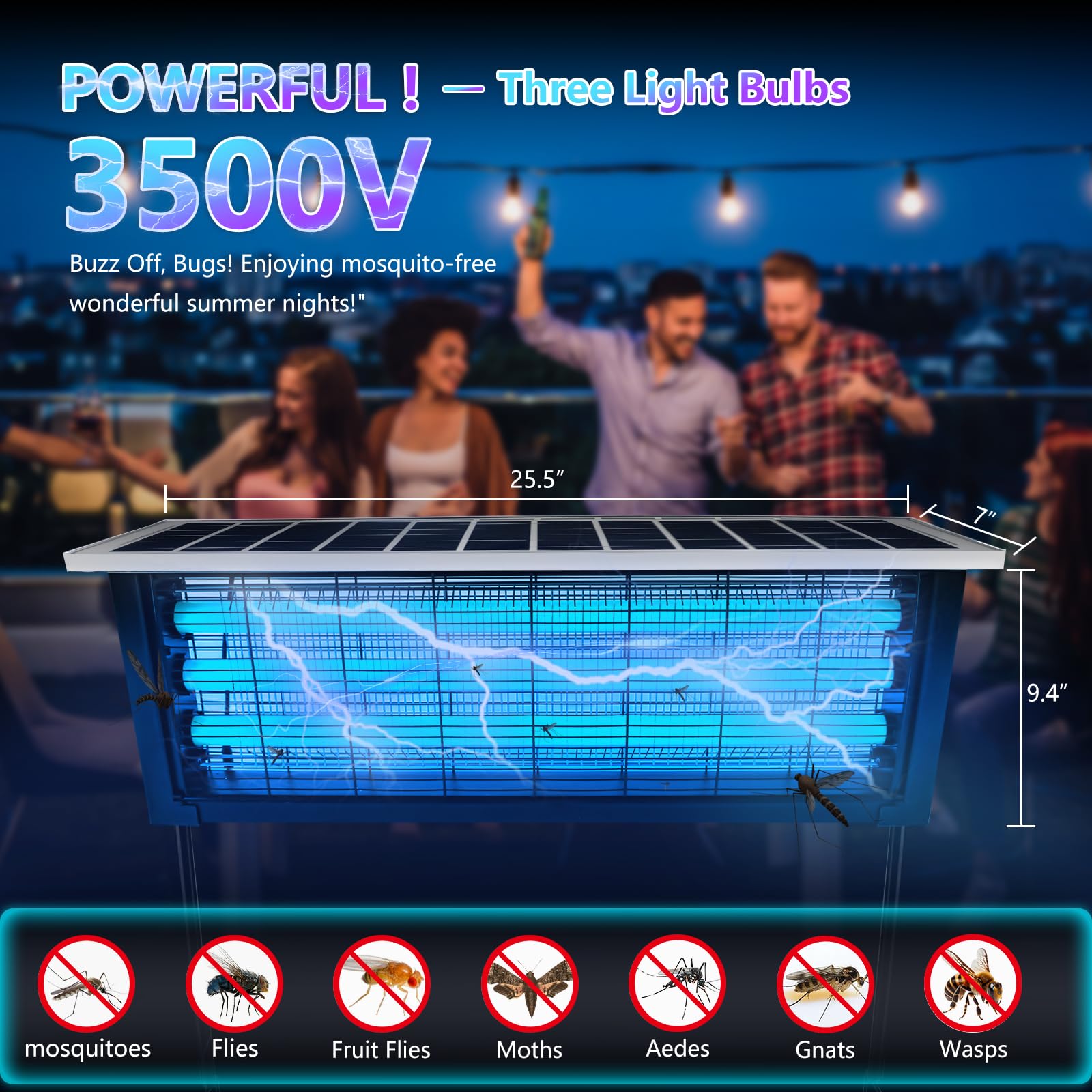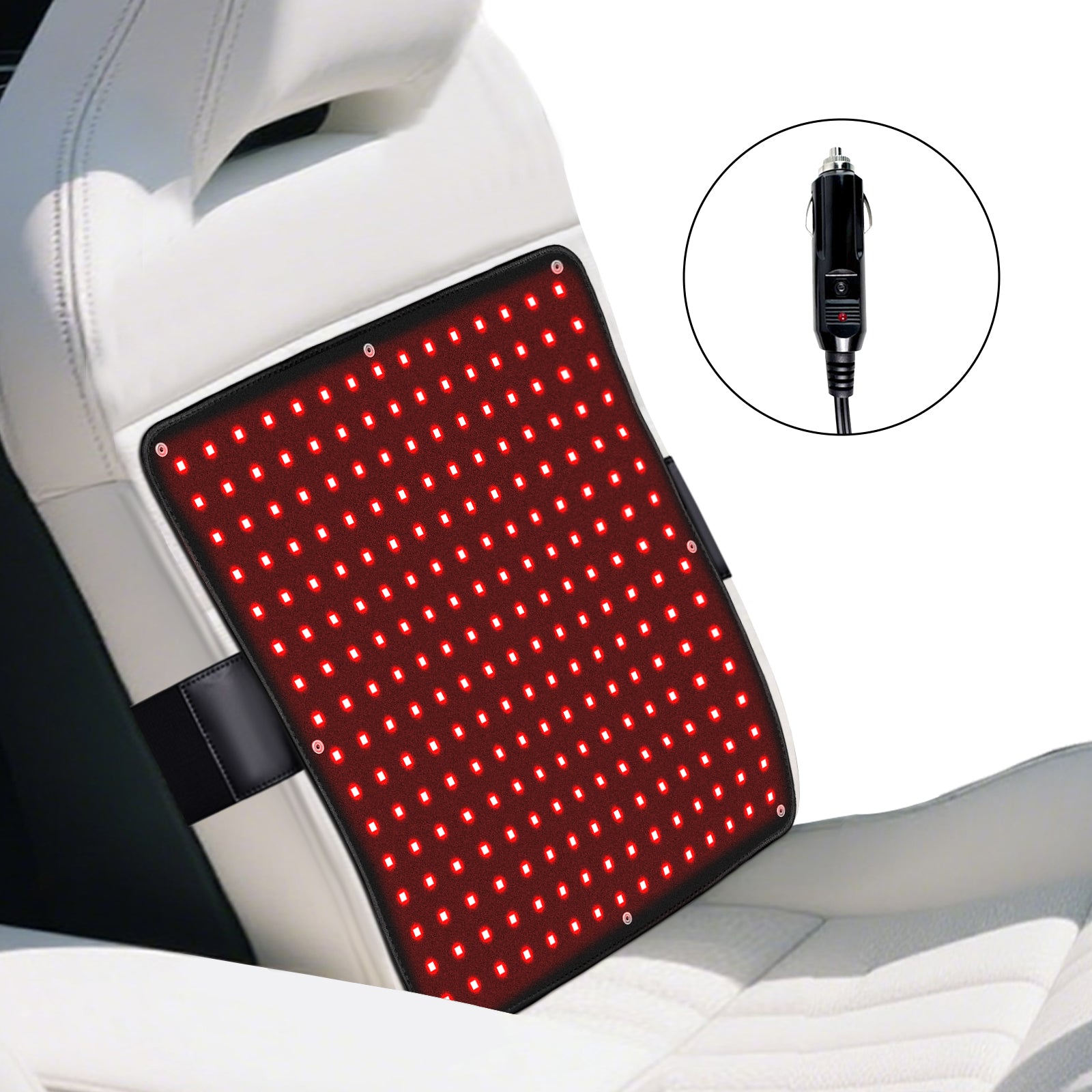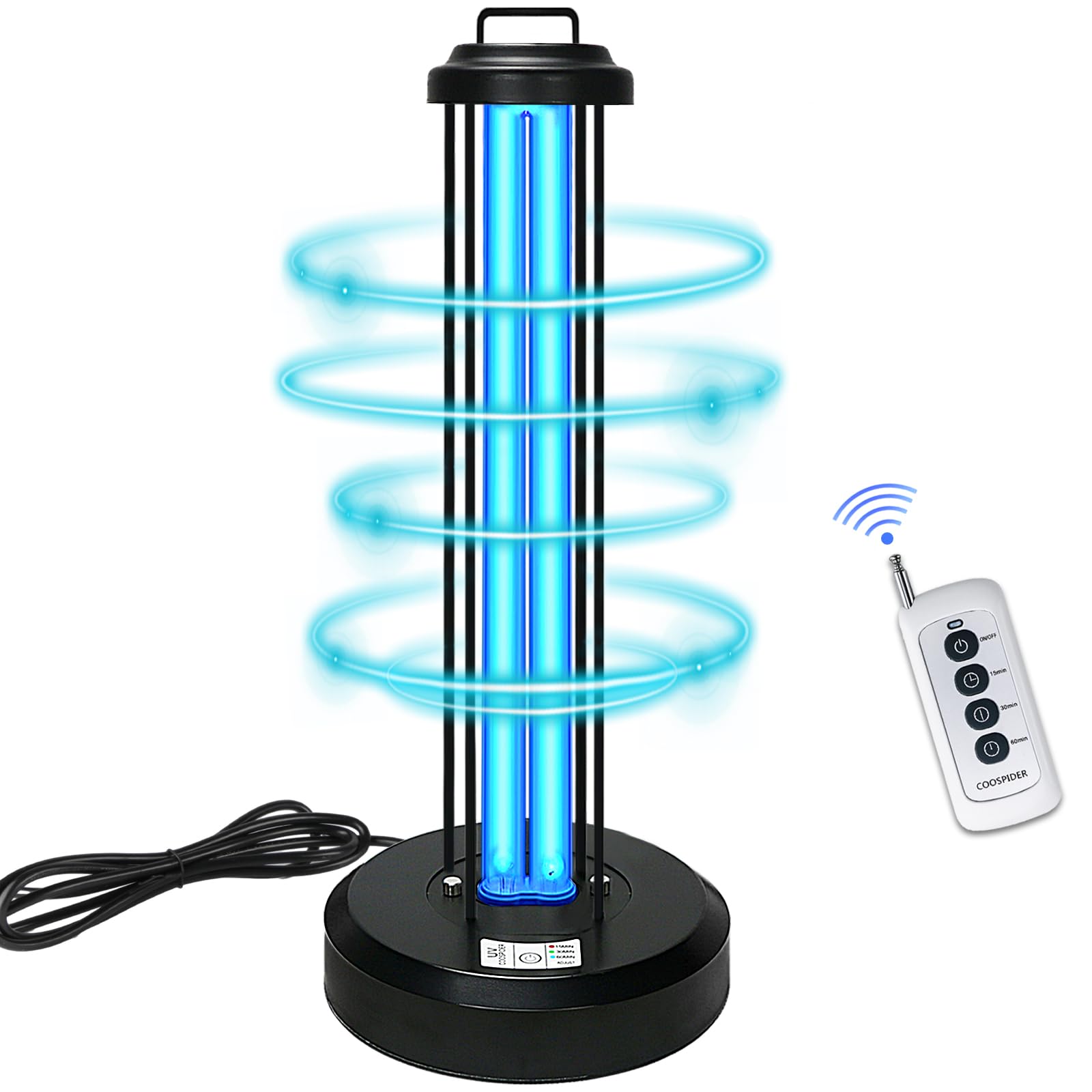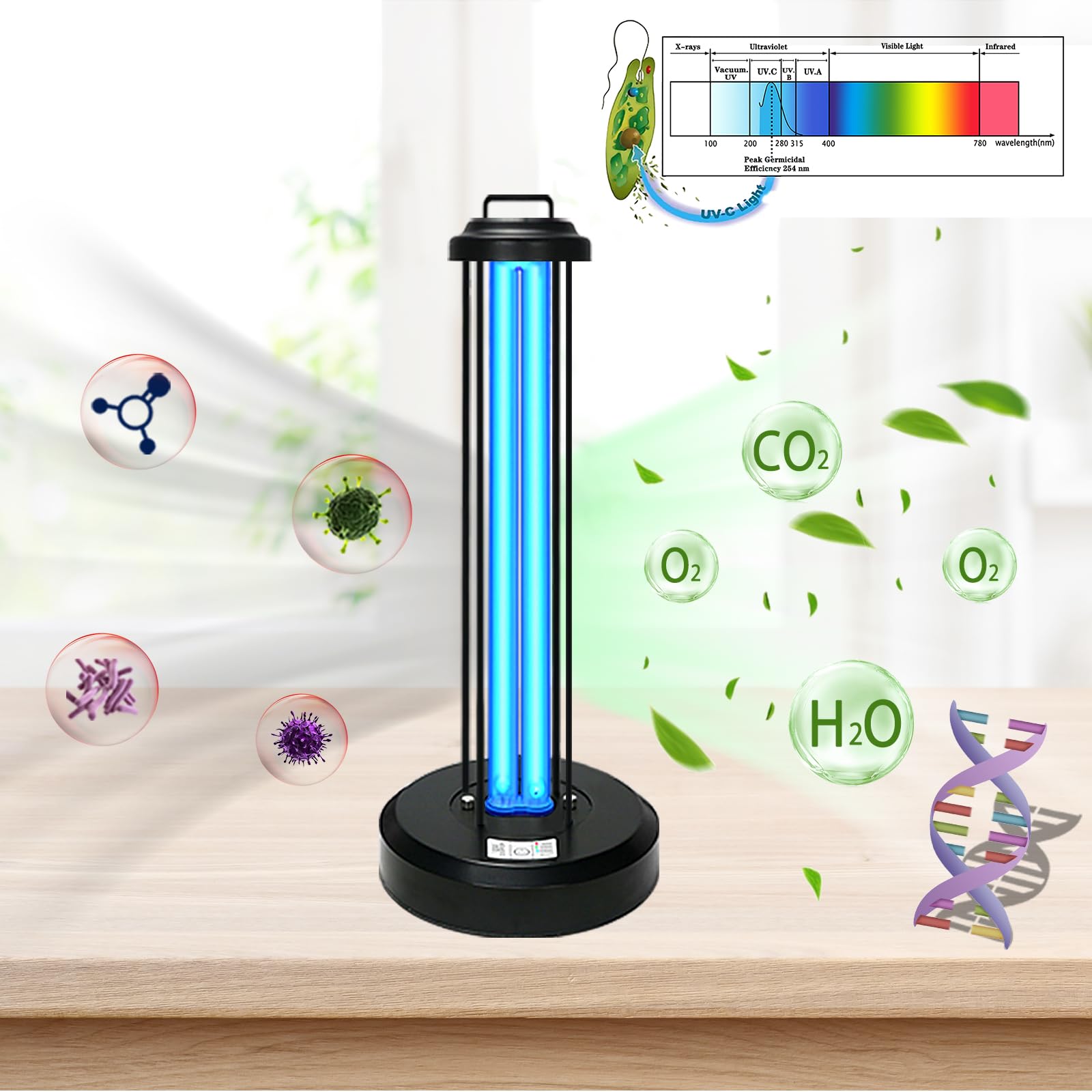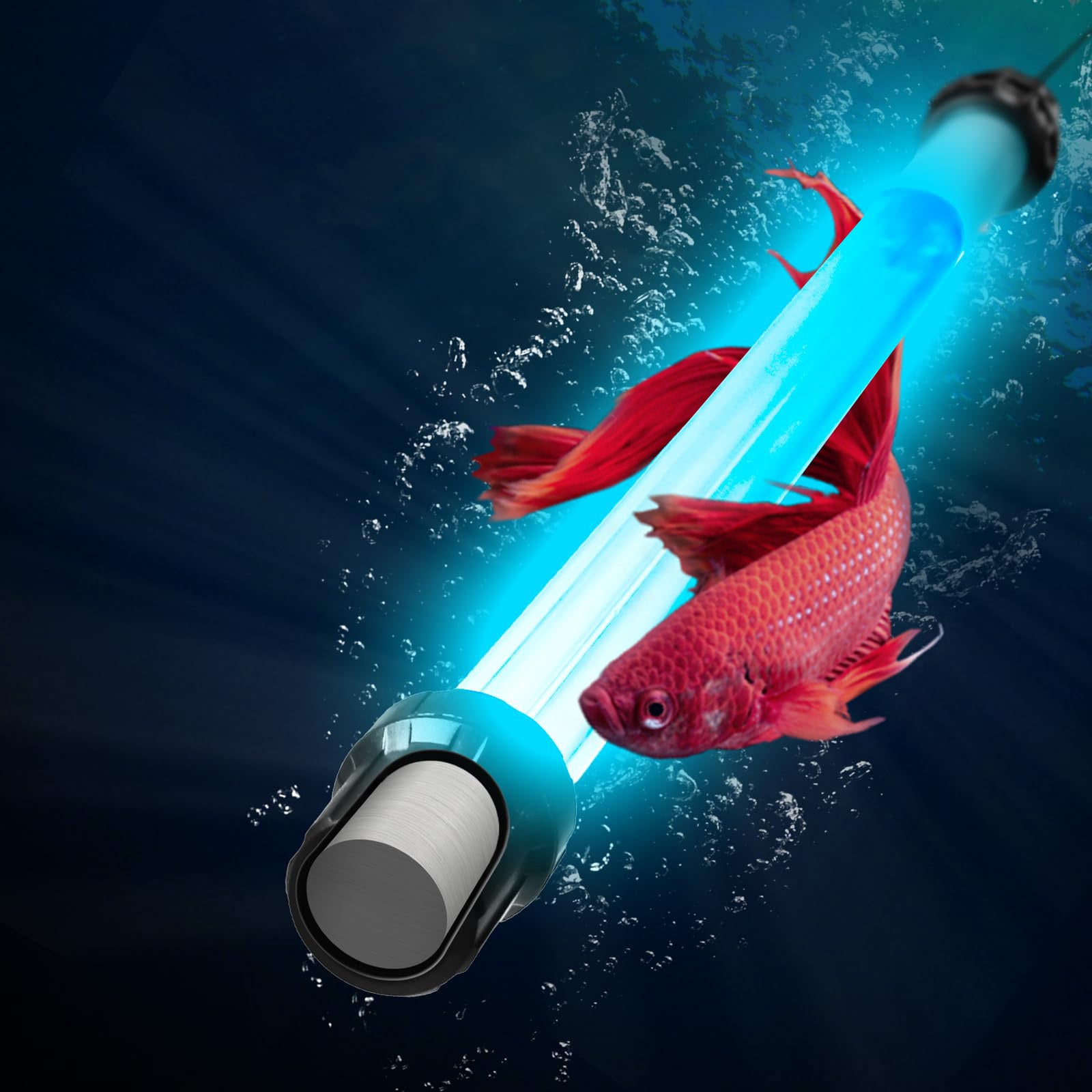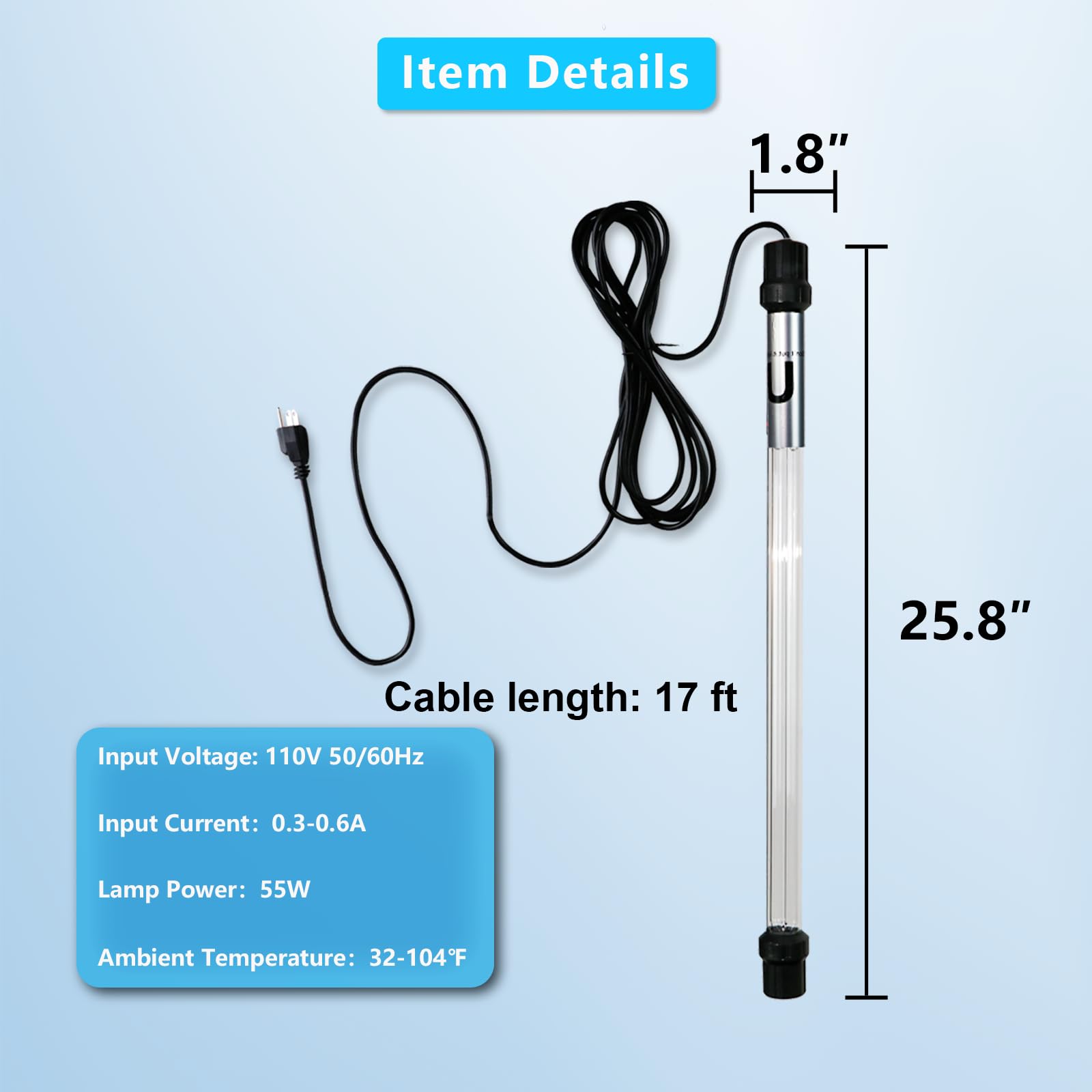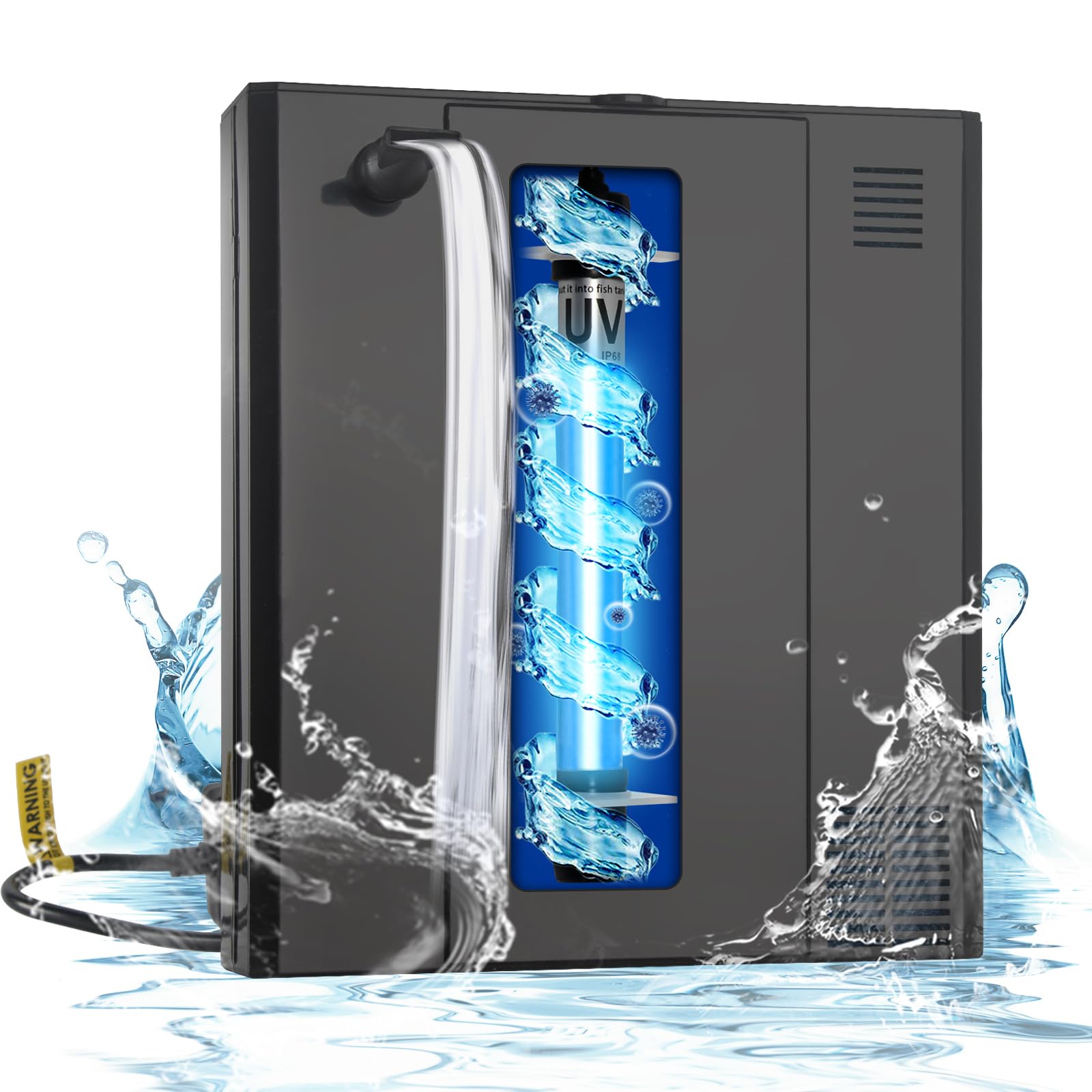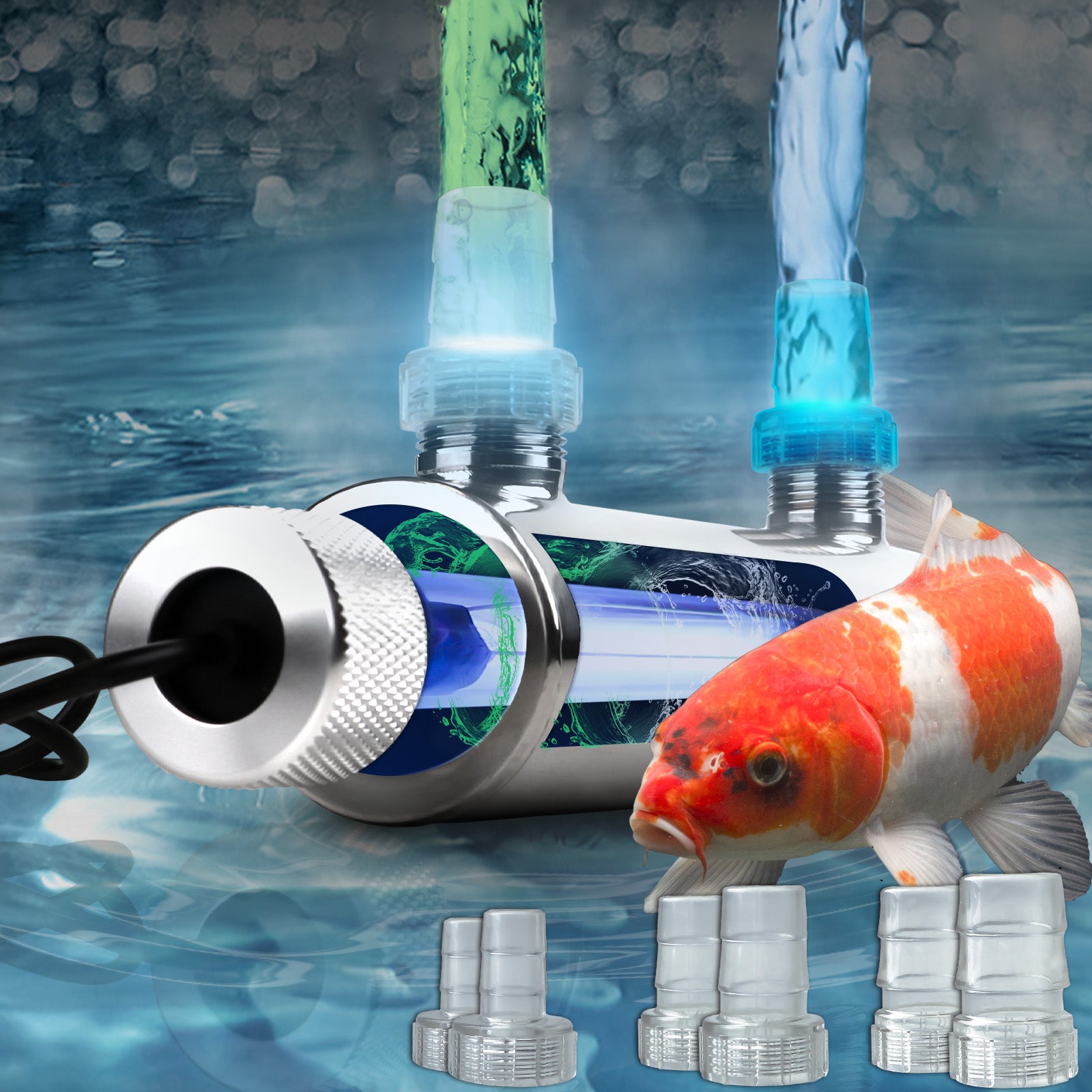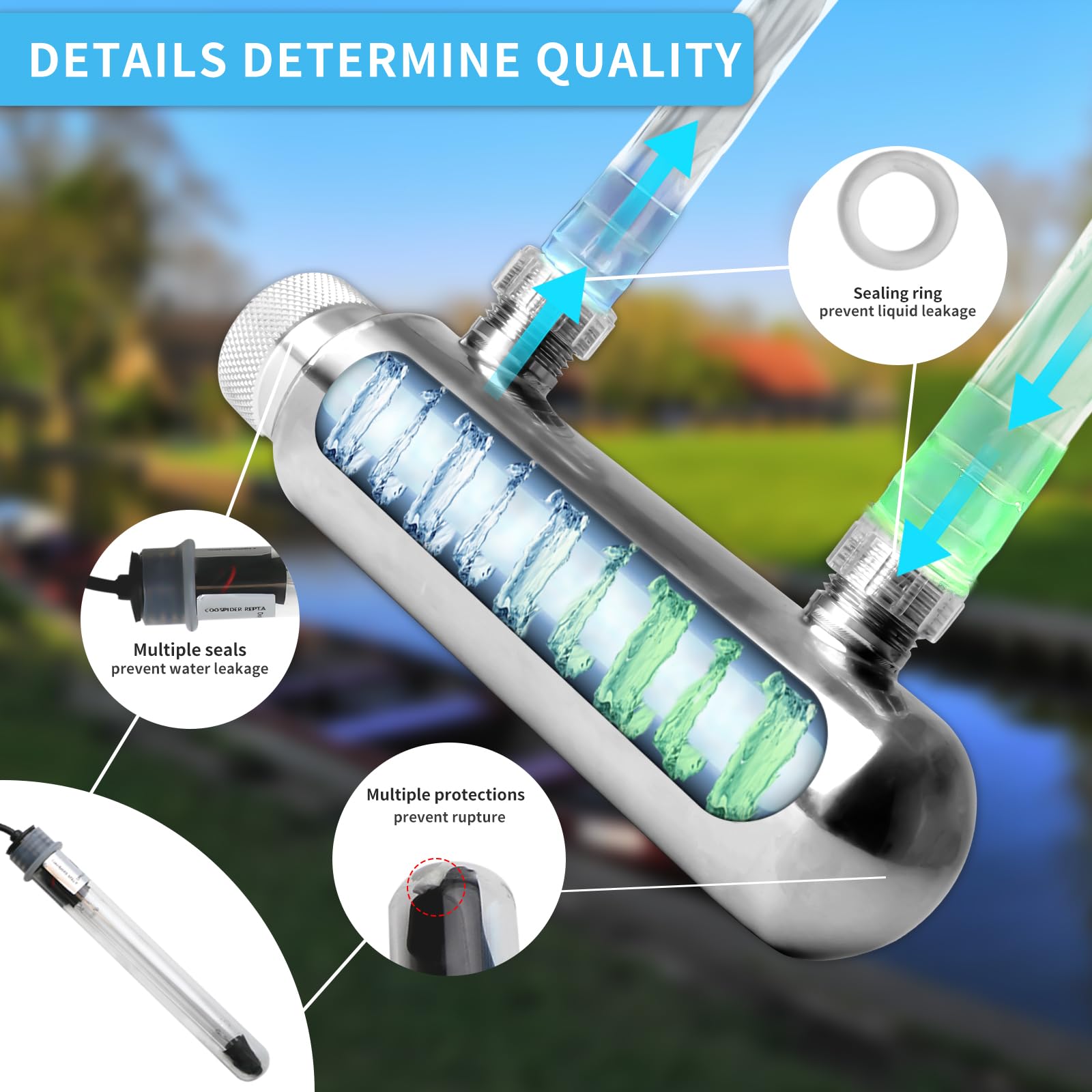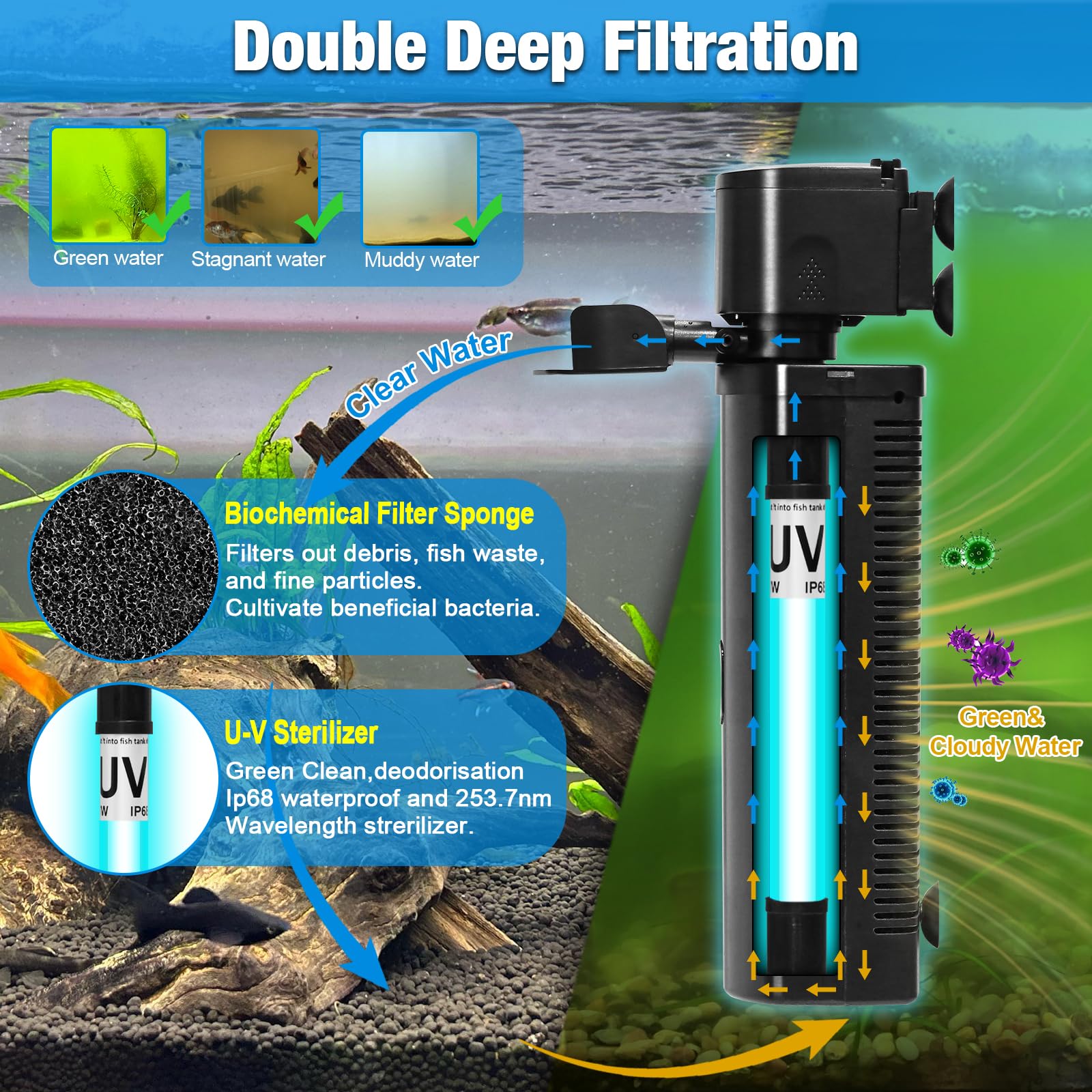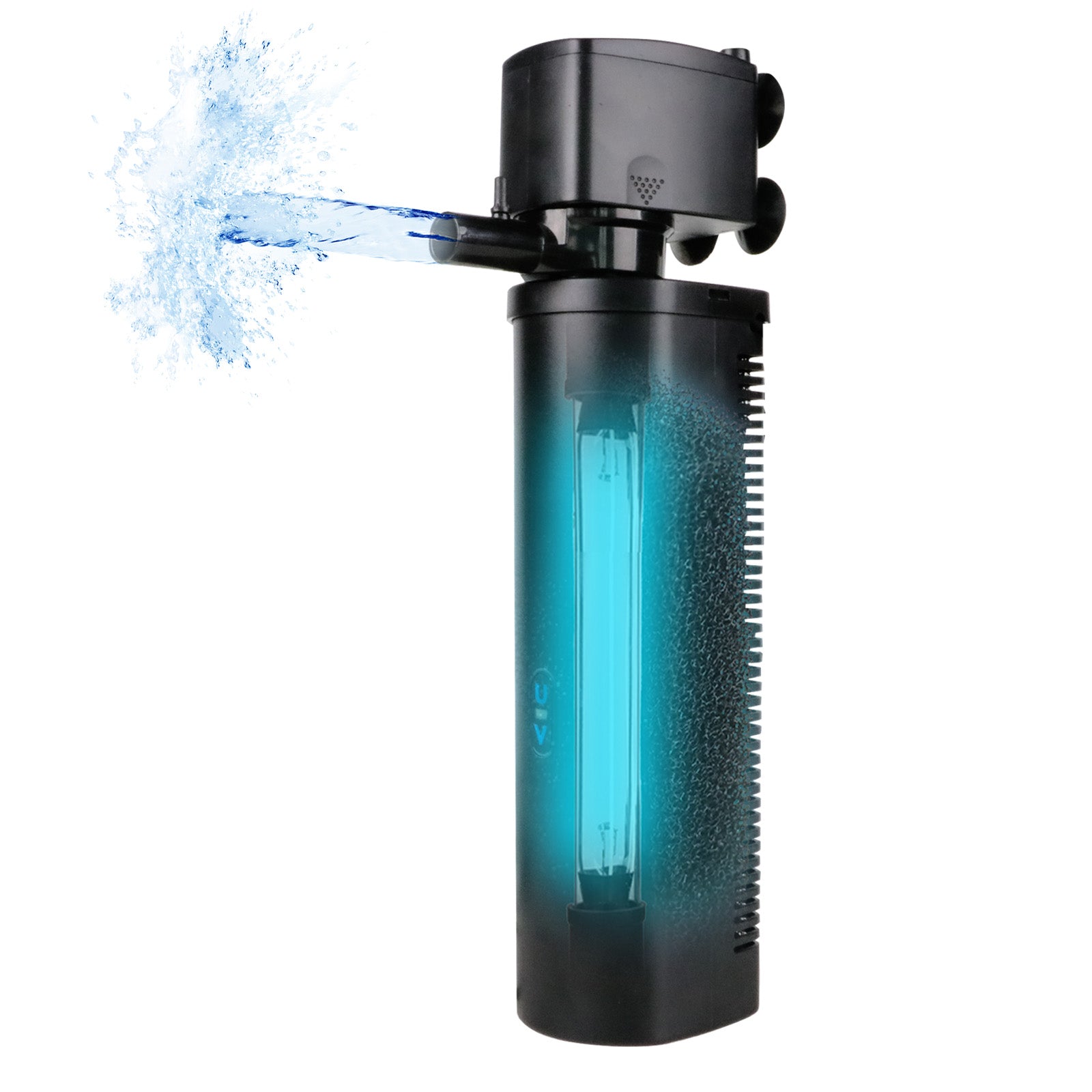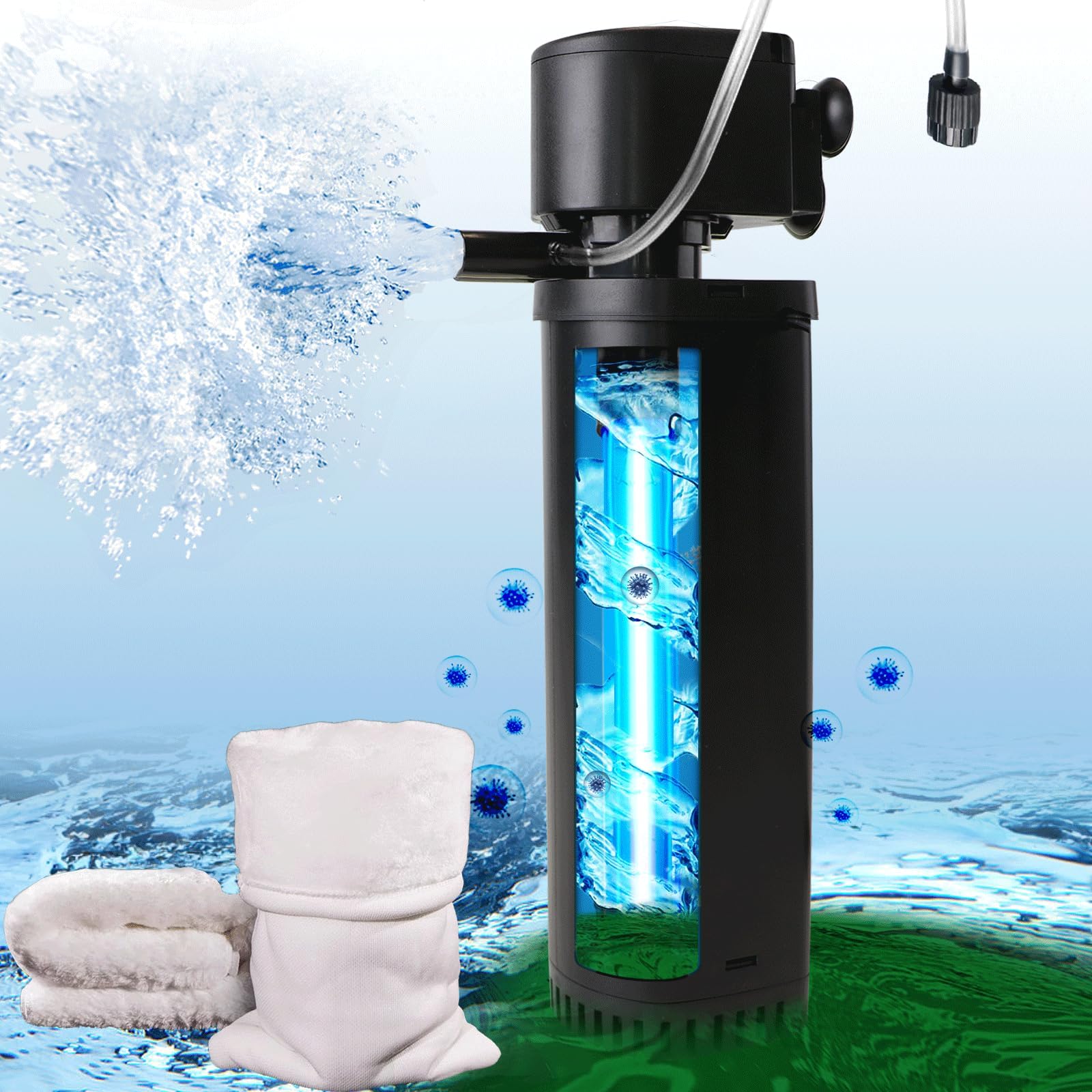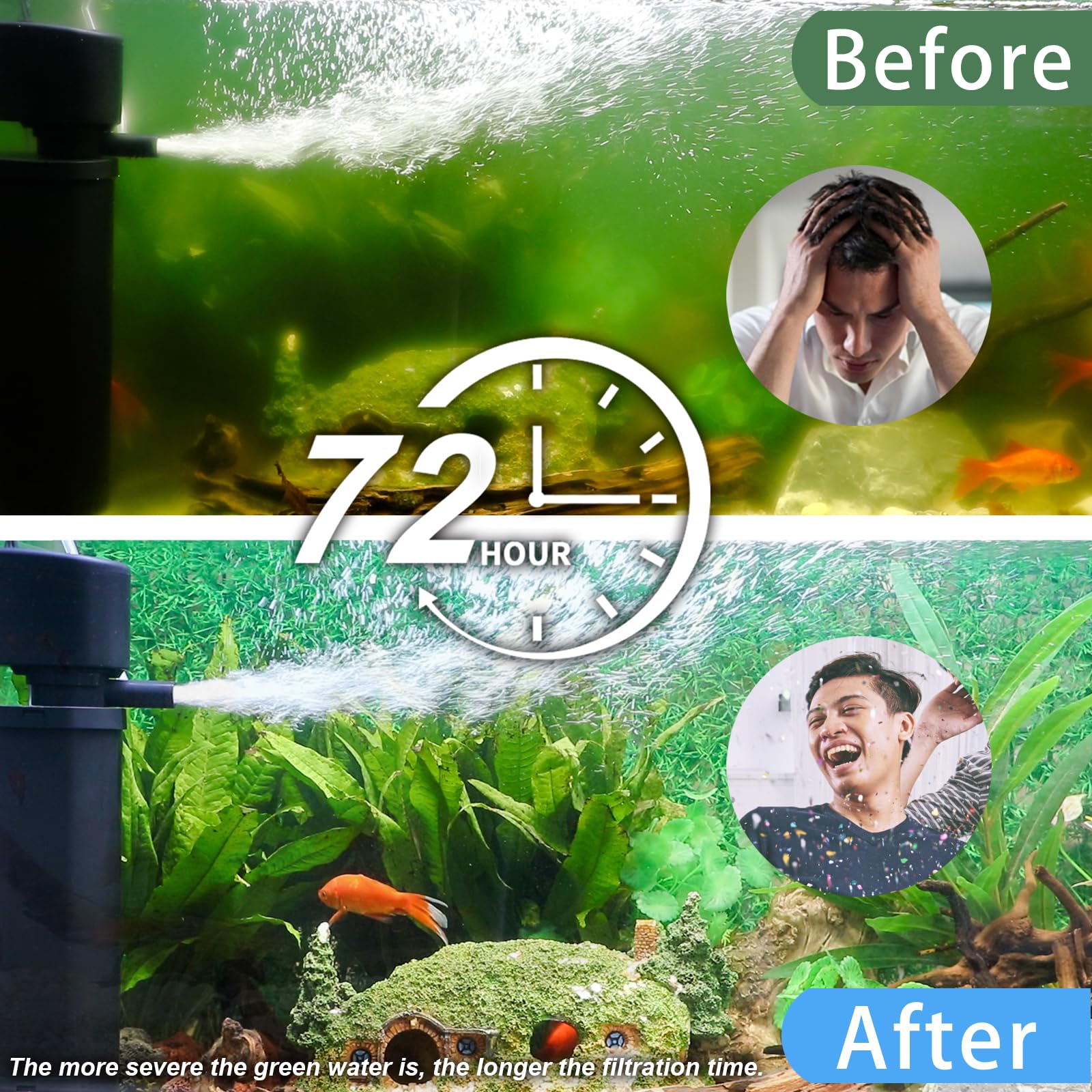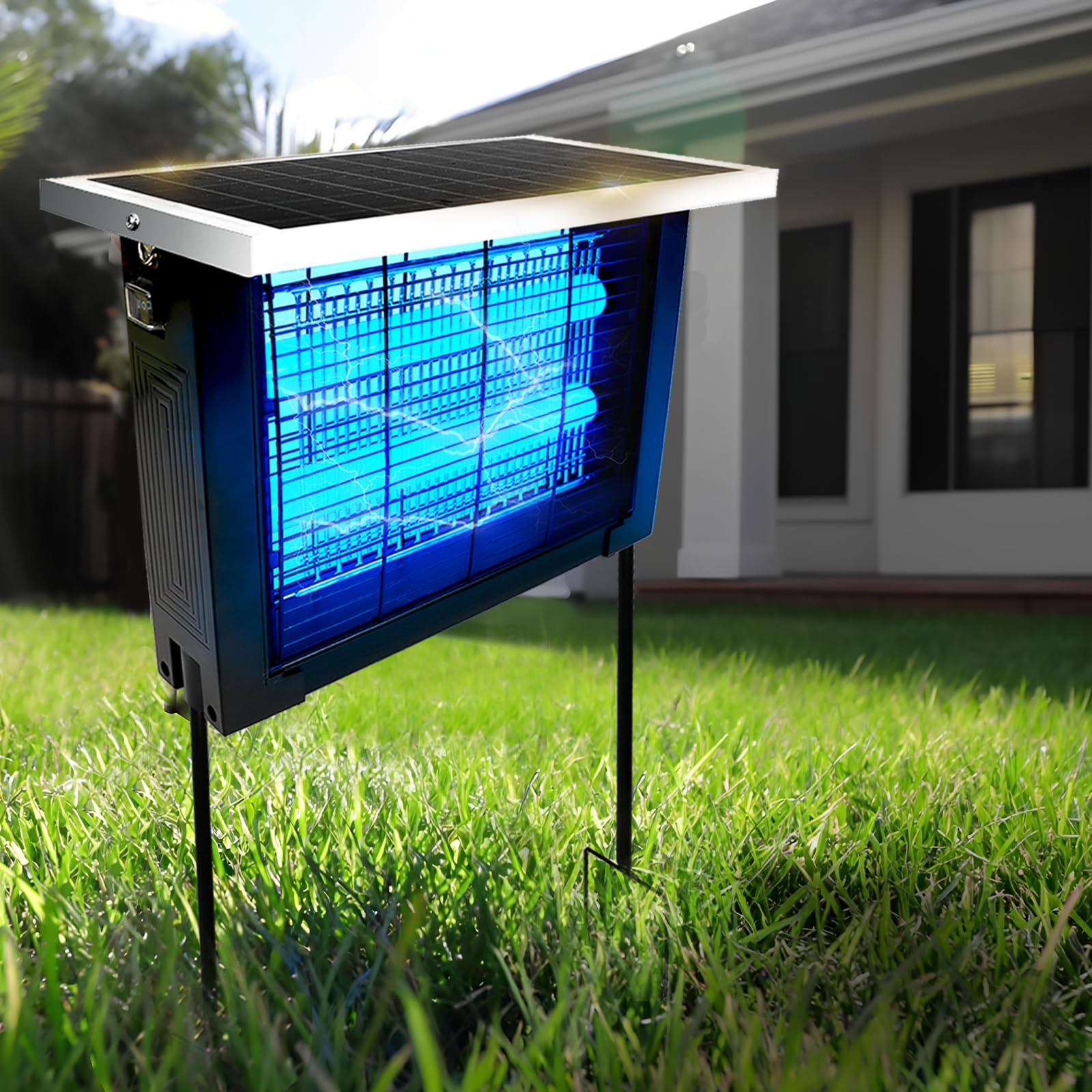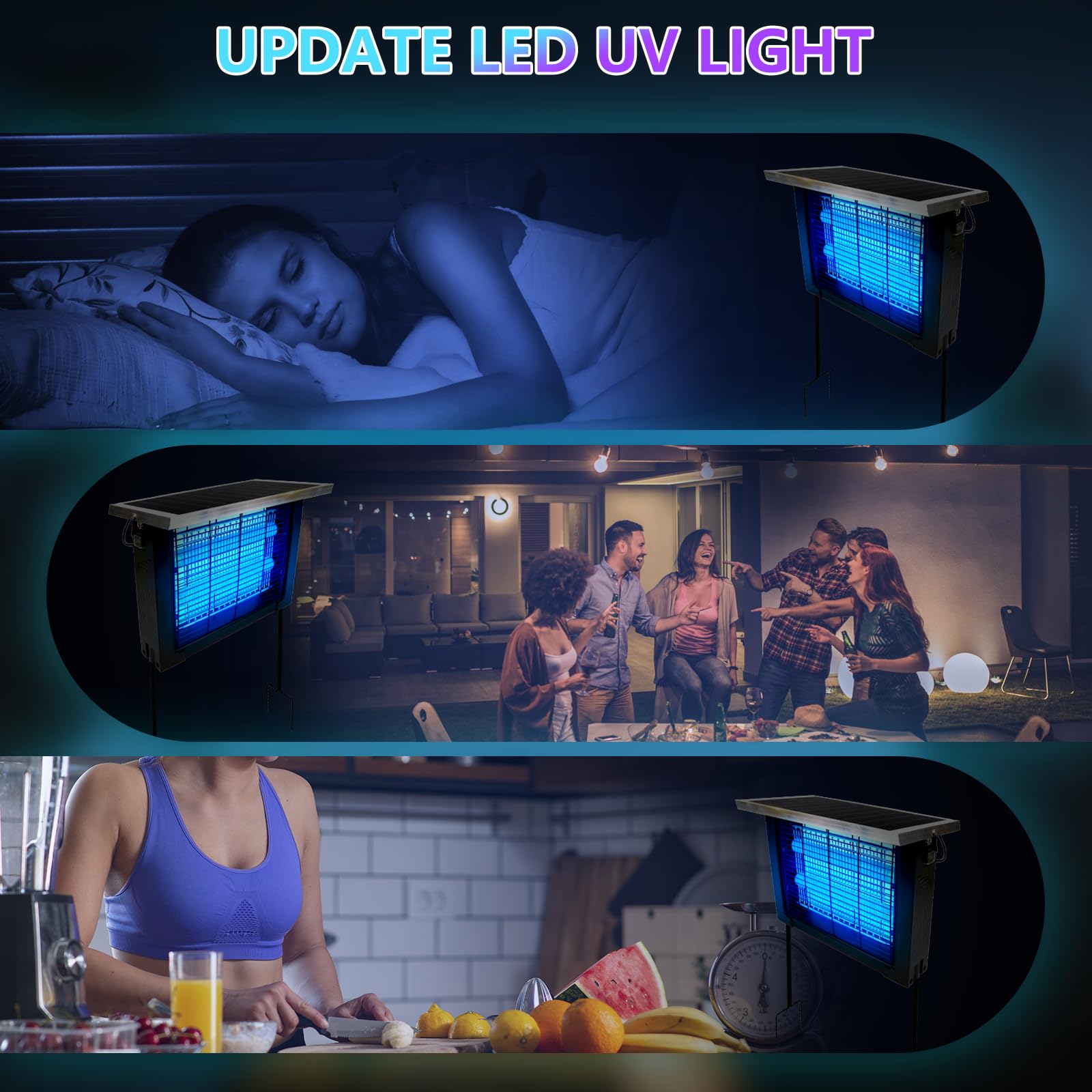Mosquitoes are more than a nuisance—they’re carriers of diseases, disruptors of sleep, and unwelcome invaders of any peaceful evening at home. As consumer awareness grows and technology advances, mosquito-control devices have evolved far beyond the traditional electric swatter or chemical repellent. Two of the most popular modern solutions are UV mosquito killer lamps and CO₂ mosquito traps, each with different mechanisms, target species, and ideal usage scenarios.
But when you’re choosing a device for your home—your living room, backyard, bedroom, or patio—the question becomes: Which one works better, and in what situations?
This 4,000-word deep dive breaks down the science, performance, advantages, limitations, and buying considerations for both UV and CO₂ mosquito-elimination technologies. By the end, you’ll know EXACTLY which type is better for your environment, budget, and mosquito-control needs.
1. Understanding Mosquito Behavior: Why Technology Matters
Before comparing devices, it’s important to understand what actually attracts mosquitoes. Different species respond to different cues, and the more aligned your trap is with their behavior, the more effective it will be.
Mosquito Attraction Triggers
Mosquitoes rely on a mix of sensory signals:
-
Carbon dioxide (CO₂):
All humans exhale CO₂, and many mosquito species—especially female Aedes, Anopheles, and Culex—track CO₂ from dozens of feet away. -
Body heat & warmth:
Warm-blooded animals radiate heat; mosquitoes detect this. -
Ultraviolet and visible light:
UV wavelengths appeal to certain insects, including some mosquito species, but not all. -
Chemical cues:
Sweat, lactic acid, and skin odor play major roles. -
Movement and shadows:
Active or moving environments attract pests.
Each mosquito-killer technology mimics one or more of these natural attraction cues—which is why understanding the difference matters.
2. How UV Mosquito Killers Work
UV mosquito killers—also known as bug zappers, UV light traps, or phototactic insect killers—use ultraviolet light to lure insects. Once attracted, bugs typically meet one of two fates:
-
Electrocuted by a high-voltage grid
-
Trapped using a fan suction system
Most UV devices target broad-spectrum flying insects, not just mosquitoes, which influences their effectiveness.
Why UV Light Attracts Insects
UV light at wavelengths around 360–400 nm is highly attractive to:
-
moths
-
flies
-
fruit flies
-
gnats
-
midges
-
certain mosquito species (but not all)
However, mosquitoes that bite humans (especially Aedes and Anopheles) are not strongly phototactic. This is why many people find UV zappers effective for flies but not always ideal for mosquitoes.
Types of UV Mosquito Killers
-
Electric grid zappers (classic blue-light bug zapper)
-
UV-LED suction traps (UV light attracts, fan pulls them in)
-
Sticky-board UV traps (insects land on adhesive surfaces)
Each type serves different environments and safety needs.
3. How CO₂ Mosquito Traps Work
CO₂ mosquito traps are engineered to mimic human respiration. They release controlled amounts of carbon dioxide, often combined with attractants like:
-
heat
-
moisture
-
lactic acid
-
octenol
-
specialized baits (chemical or biological)
Mosquitoes follow the CO₂ plume toward the device, get caught in a trap chamber, and die of dehydration.
Types of CO₂ Systems
-
Propane-powered CO₂ traps (burn propane to generate CO₂)
-
CO₂ cylinder traps (use compressed gas tanks)
-
Biological fermentation CO₂ traps (yeast + sugar method; lower efficiency)
-
Hybrid traps combining CO₂ + heat + UV + suction
High-end models are extremely effective outdoors and are used in residential neighborhoods, farms, resorts, and large properties.
4. Comparing UV and CO₂ Mosquito Killers: Performance Analysis
This section breaks down how each technology performs across several factors relevant to home users.
4.1 Killing Efficiency
UV Lamps
-
Effective for non-biting insects (moths, flies, gnats)
-
Limited effectiveness for Aedes mosquitoes (daytime biters, like the ones spreading dengue and Zika)
-
Moderate effectiveness for Culex mosquitoes (night-time pests)
Efficiency range for mosquitoes: 10–40%
CO₂ Traps
-
Highly effective for almost all mosquito species
-
Mimics the dominant natural attractant—CO₂
-
Works extremely well outdoors or in open spaces
Efficiency range: 60–90% depending on area and trap quality
Winner: CO₂ traps (dramatically more efficient for actual mosquito control)
4.2 Operating Range
UV Lamps
Effective radius: 5–15 feet
Best for small indoor areas like bedrooms or porches.
CO₂ Traps
Effective radius: 50–150 feet
Ideal for yards, patios, gardens, and large outdoor environments.
Winner: CO₂ traps for outdoor control;
UV lamps for small indoor areas.
4.3 Safety
UV Lamps
Pros:
-
No chemicals
-
Safe for indoor use
-
Low CO₂ output
-
No toxic residue
Cons:
-
Electric grids can be dangerous to children or curious pets
-
UV exposure risk if misused
CO₂ Traps
Pros:
-
Designed for outdoor use
-
No high-voltage shock
-
No harmful chemicals
Cons:
-
CO₂ tanks or propane can pose handling risks
-
Improper placement may attract more mosquitoes if used incorrectly
Winner: UV lamps for indoor safety; CO₂ traps require responsible outdoor use.
4.4 Noise Levels
UV Lamps
-
Electric zappers create audible “zap” sounds
-
Suction models are very quiet
-
Most are acceptable for bedrooms
CO₂ Traps
-
Fan noise similar to a desktop fan
-
No “zap” noises
-
Generally quiet but may not be ideal for sleeping areas
Winner: Tie (varies by model and setup)
4.5 Cost Comparison
UV Mosquito Killers
-
Affordable: $10–$60
-
Low power consumption: a few watts
-
Occasional replacement of bulbs or sticky boards
CO₂ Mosquito Traps
-
Higher upfront cost: $100–$600
-
Propane or CO₂ refills add recurring expenses
-
Higher electricity use because of stronger fans and heaters
-
Annual operating cost: $100–$300 depending on usage
Winner: UV lamps (much more budget-friendly)
4.6 Maintenance Requirements
UV Devices
-
Clean grid weekly
-
Replace UV bulbs yearly
-
Replace sticky pads as needed
-
Very low maintenance overall
CO₂ Devices
-
Replace CO₂ tanks or propane
-
Clean trap box
-
Check attractant baits
-
Higher maintenance but also higher effectiveness
Winner: UV lamps (lower maintenance)
5. Which One Is Better for Home Use? Detailed Scenario Breakdown
Let’s examine common home environments and determine which device is ideal.
5.1 Small Apartments or Condos
Best choice: UV mosquito killer
Why?
-
Safe for indoor use
-
Affordable
-
Effective for gnats, flies, and occasional mosquitoes
-
Quiet operation
CO₂ traps are generally not recommended indoors due to ventilation and concentration issues.
5.2 Bedrooms
Best choice: UV suction mosquito trap
-
No zap noise
-
No harmful chemicals
-
Gentle UV attraction plus fan suction
-
Safe around children
CO₂ traps outdoors may reduce overall mosquito presence but are not appropriate for indoor bedrooms.
5.3 Kitchens or Dining Areas
Best choice: UV sticky-board trap
Because it avoids mosquitoes or flies being electrocuted near food.
5.4 Outdoor Patios, Decks, and Gardens
Best choice: CO₂ mosquito trap (no contest)
-
Covers a much larger area
-
Attracts mosquito species responsible for most bites
-
Reduces overall mosquito population over time
-
Significantly more powerful in open areas
UV lamps struggle outdoors because competing light sources dilute their attraction power.
5.5 Homes Near Lakes, Ponds, or Forested Areas
Best choice: CO₂ trap with heat + fan suction + octenol attractant
Homes near natural water are mosquito hotbeds. CO₂ traps perform dramatically better than UV for biting species.
5.6 Homes With Children or Pets
For indoors:
-
Use UV suction traps (no grid)
For outdoors:
-
CO₂ traps placed away from play areas
Safety considerations matter more than kill efficiency inside the home.
6. Environmental Impact Comparison
UV Mosquito Killers
-
Attract many non-harmful insects
-
Can kill beneficial pollinators like moths
-
Produces negligible emissions
CO₂ Mosquito Traps
-
Target mosquitoes more selectively
-
Minimal impact on beneficial insects
-
Propane combustion models emit greenhouse gases
-
Electric CO₂ generator models are more eco-friendly
If environmental impact matters to you, look for electric-powered CO₂ traps, not propane-based.
7. Real-World Effectiveness: What Studies and Users Say
UV Lamps
-
Many users report good performance for small insects
-
Mixed reviews for mosquito control
-
Most effective indoors
CO₂ Traps
-
Frequently praised for reducing mosquito populations by 60–90% outdoors
-
Particularly successful when used continuously for weeks
-
High satisfaction among homeowners needing heavy-duty control
8. Buying Guide: What to Look for in UV and CO₂ Devices
8.1 What to Look for in a UV Mosquito Killer
-
UV wavelength: 365–395 nm
-
Quiet operation if for bedrooms
-
Suction fan for indoor mosquito capture
-
Safety grid design
-
Removable, washable trap box
-
Replaceable bulbs
-
Minimal light leakage for sleep-friendly environments
Recommended for: indoor use, small homes, or low-mosquito areas
8.2 What to Look for in a CO₂ Mosquito Trap
-
CO₂ output rate appropriate for yard size
-
Combination attractants like octenol or lactic acid
-
Release pattern that mimics human breath
-
Weather-resistant housing
-
Powerful fan suction
-
Low-noise design
-
Easy tank replacement system
Recommended for: outdoor use, large properties, and high-mosquito areas
9. Final Verdict: Which One Should You Choose?
Choose a UV Mosquito Killer If:
-
You need indoor mosquito control
-
You’re on a budget
-
You want low maintenance
-
You mostly deal with flies, gnats, or occasional mosquitoes
-
You want something safe for bedrooms or near children
Best for: Apartments, bedrooms, kitchens, small indoor spaces.
Choose a CO₂ Mosquito Trap If:
-
You need serious mosquito control outdoors
-
You live in a mosquito-heavy region
-
You want to reduce the actual mosquito population
-
You have a yard, garden, or patio
-
You want a technology that mimics human respiration (far more effective)
Best for: Houses with yards, farms, lakeside homes, outdoor seating areas.
10. Conclusion: The Ideal Strategy for Most Homes
For most households, the most effective mosquito-control strategy is a combination approach:
-
Use a CO₂ mosquito trap outdoors to reduce the mosquito population at its source
-
Use UV suction traps indoors for targeted room protection
This hybrid method offers the best coverage, best safety, and best long-term reduction in mosquito bites.


